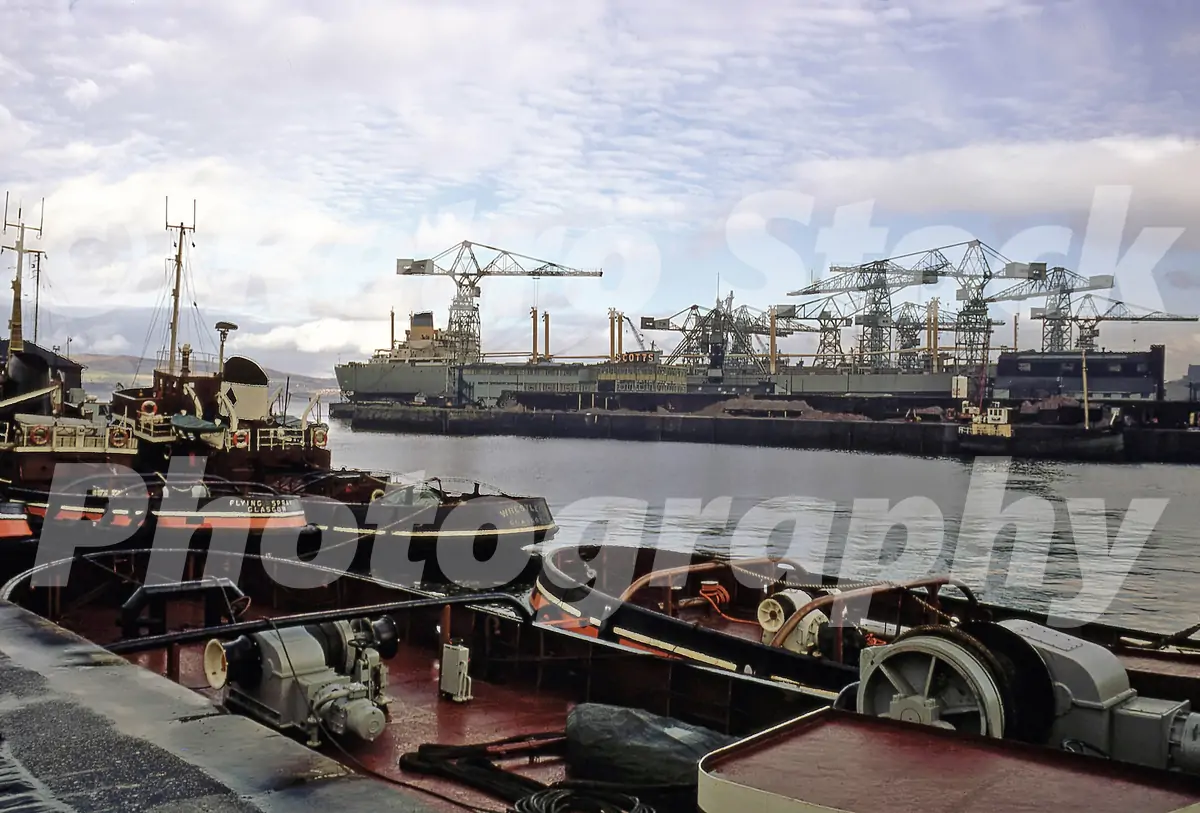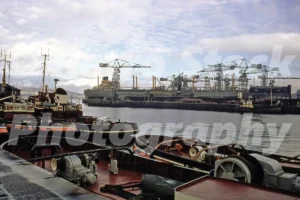For over 250 years, Scotts Shipbuilding and Engineering Company stood as a titan of Scottish industry. Based in Greenock on the River Clyde, Scotts was one of the oldest and most influential shipbuilders in Britain, playing a vital role in the development of naval and commercial shipping from the 18th century until its closure in the late 20th century.
Early Beginnings
Scotts was founded in 1711 by John Scott, who began building wooden sailing ships on the banks of the River Clyde. The business grew steadily, and by the early 19th century, it had become one of the leading shipyards in Greenock. Over time, successive generations of the Scott family expanded the operation, moving into steam-powered vessels, iron hulls, and later steel construction as technology advanced.
By the mid-1800s, Scotts had firmly established itself as a major force in British shipbuilding, producing not only merchant ships but also becoming a trusted supplier to the Royal Navy.
Innovation and Expansion
Scotts was known for its technical expertise and innovation. In 1850, the company launched its first iron ship, and by the 1860s it had moved into building steamships and advanced naval vessels. During the late 19th and early 20th centuries, the firm expanded its facilities, eventually operating multiple yards in Greenock, including the Cartsdyke and Cartsburn yards.
In 1900, Scotts merged with Russell & Co. of Port Glasgow, forming one of the most formidable shipbuilding groups on the Clyde. The combined company built a wide range of vessels, from cargo steamers and ocean liners to warships and cruisers.
Contribution to the Royal Navy
Perhaps the most important chapter in Scotts’ history was its contribution to British naval power. The yard built numerous destroyers, frigates, cruisers, and support ships for the Royal Navy, especially during the First and Second World Wars. During WWII alone, Scotts constructed dozens of naval vessels, including escort ships and anti-submarine craft that were crucial to the Battle of the Atlantic.
Post-war, the yard continued to build frigates and other ships for the Navy, including notable vessels such as:
-
HMS Scylla (F71) – a Leander-class frigate launched in 1968
-
HMS Sirius (F40) – launched in 1964
-
Several vessels of the Tribal-class frigates in the 1950s and 60s
Scotts was renowned for its high standards and was often chosen for technically demanding naval contracts.
Decline and Closure
Like many British shipyards, Scotts struggled in the post-war period due to increasing competition from abroad, rising costs, and a decline in ship orders. The company was nationalised in 1977 and became part of British Shipbuilders. However, even state support could not reverse the long-term decline.
The shipyard closed in 1984, bringing to an end more than 270 years of shipbuilding tradition in Greenock. The site was later cleared, and parts of it were redeveloped for housing and commercial use. Little remains of the original yards today, but the legacy of Scotts is still deeply felt in Greenock and beyond.







Reviews
There are no reviews yet.